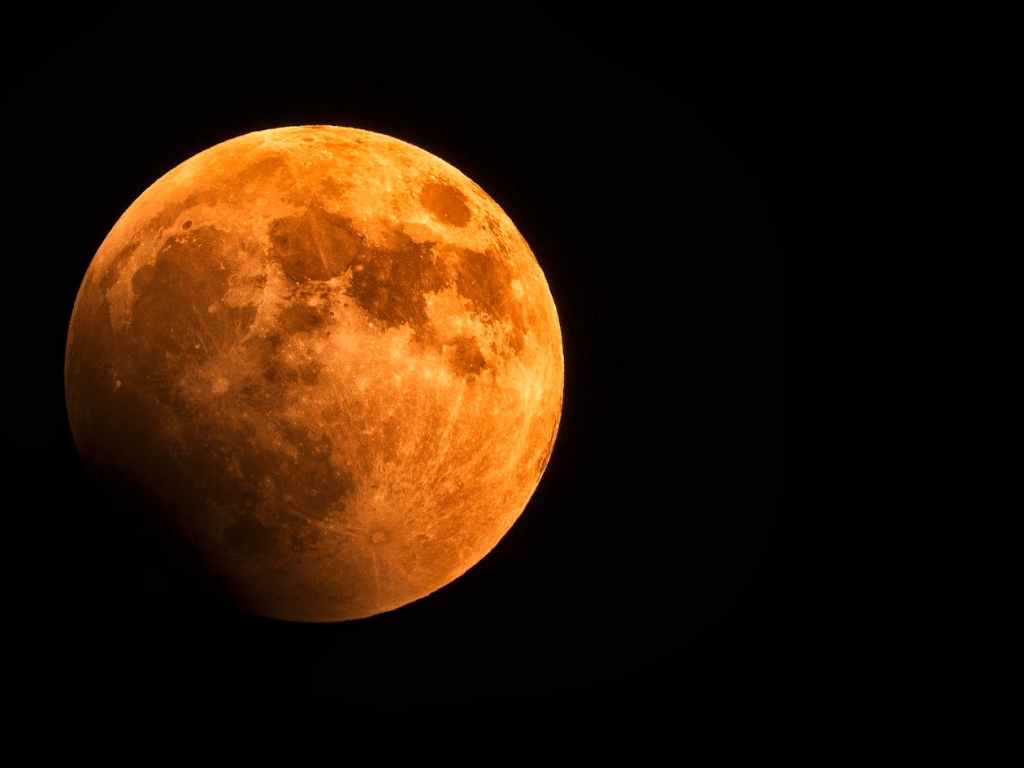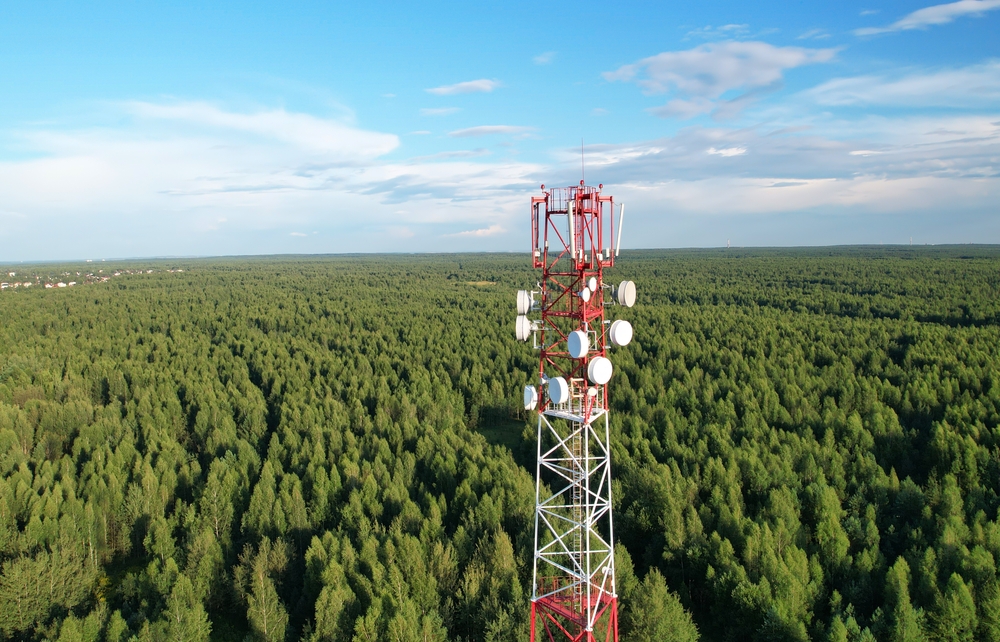Scientists thought they knew the boundaries of our solar system. They had mapped the planets, tracked asteroids, and catalogued thousands of distant objects drifting in the cosmic void beyond Neptune. Then something appeared that shouldn’t exist—a world so far away and moving in such a strange pattern that it forced astronomers to question everything they believed about how our solar system formed.
Hidden in the outer darkness, this newly discovered object has been traveling its lonely path for over 4 billion years, carrying secrets about a catastrophic event that shaped our cosmic neighborhood when Earth was barely a molten ball of rock. Its very existence suggests that something extraordinary happened in the early days of our solar system—something so dramatic that it flung entire worlds into the cosmic wilderness.
The discovery has sent shockwaves through the astronomical community, not just because of what this object is, but because of what it reveals about the violent and chaotic birth of our solar system. This isn’t just another space rock. It’s a witness to ancient cosmic drama, and its story is rewriting textbooks.
The Rebel of the Outer Solar System
The object has been nicknamed “Ammonite” after the spiral-shelled fossils, and like its prehistoric namesake, it preserves evidence of ancient history. Officially designated 2023 KQ14, this distant world measures between 220 and 380 kilometers across—roughly the size of a large asteroid but behaving like something far more mysterious.
“The median magnitude of mr = 24.6 corresponds to a diameter of 220–380 km for albedos of p = 0.15–0.05,” researchers report, making Ammonite comparable in size to some of the larger asteroids in our solar system’s central belt. But unlike those familiar neighbors, Ammonite dwells in a realm so distant that sunlight barely reaches it, making the object incredibly faint and difficult to detect.
Ammonite currently sits about 71 times farther from the Sun than Earth—a distance so vast that if Earth were the size of a marble, Ammonite would be located about 7 kilometers away. At its closest approach to the Sun, it remains 66 times Earth’s distance away, placing it in a region where our star appears as little more than a bright point of light in an eternally black sky.
What makes Ammonite truly extraordinary isn’t just its distance, but the fact that it belongs to an exclusive club of objects that shouldn’t exist according to our current understanding of planetary formation.
The Telescope Hunt That Found the Impossible

Finding Ammonite required a combination of cutting-edge technology, painstaking detective work, and a healthy dose of luck. The discovery came from the FOSSIL II survey, an ambitious project utilizing Japan’s massive 8.2-meter Subaru Telescope, perched atop Maunakea in Hawaii.
Detecting objects like Ammonite presents extraordinary challenges. These distant worlds reflect so little sunlight that they appear as mere specks even through the world’s most powerful telescopes. The FOSSIL II team had to image the same patches of sky multiple times over months, looking for tiny points of light that moved ever so slightly against the background stars.
The process resembled solving a cosmic puzzle scattered across time and space. Astronomers tracked Ammonite’s slow motion across the sky, then dove into archived telescope images spanning over a decade to trace its path backward through time. Like forensic investigators reconstructing a crime scene, they pieced together a 10.16-year observational history that revealed Ammonite’s true nature.
This painstaking process involved identifying the object in images dating back to 2014, including some pictures where the Ammonite was barely visible as a faint smudge among millions of other specks of light. The dedication required to confirm such discoveries explains why only four objects like the Ammonite have ever been found.
Why This Isn’t Just Another Space Rock
Ammonite represents the fourth member of a scarce class of objects called Sedna-like bodies, named after the first such object discovered in 2003. These worlds inhabit a mysterious realm beyond Neptune’s influence, where the standard rules of planetary dynamics are disrupted.
Most objects in the outer solar system follow predictable paths shaped by Neptune’s gravity. They get pulled closer to the Sun, scattered to different orbits, or ejected from the solar system entirely. But Sedna-like objects exist in a stable zone where Neptune’s influence barely reaches, allowing them to maintain the same orbital paths for billions of years.
Ammonite fills what astronomers call the “perihelion gap”—a region where objects seemed mysteriously absent despite intensive searches. The fact that this gap wasn’t caused by observational limitations made its emptiness all the more puzzling. Ammonite’s discovery proves that objects do exist in this barren zone, raising new questions about how they got there and why so few have been found.
Even more intriguingly, Ammonite breaks the pattern established by its three previously known cousins. While other Sedna-like objects cluster together in similar orbital orientations, Ammonite travels in almost the opposite direction, earning it the designation as the first “anti-cluster” object of its kind.
The Orbital Dance That Defies Physics

Ammonite follows an incredibly elongated path around the Sun, taking roughly 4,000 years to complete a single orbit. At its farthest point, it ventures nearly 504 times Earth’s distance from the Sun, so far away that it experiences temperatures approaching absolute zero and receives virtually no solar heating.
Computer simulations reveal that Ammonite’s orbit remains remarkably stable over billions of years. Unlike objects closer to the Sun that experience significant gravitational perturbations, Ammonite’s path changes very little over time. Its semi-major axis and eccentricity vary by less than 1%, while its orbital inclination oscillates gently between 8 and 11 degrees.
This stability presents a fundamental puzzle. With the current arrangement of planets in our solar system, no known mechanism can lift objects into such distant, stable orbits. Neptune’s gravity can scatter objects outward, but not into the specific types of paths that Sedna-like objects follow. Something else must have been responsible for placing these worlds in their current orbits.
The mystery deepens when considering that Ammonite has maintained this stable orbit for the entire 4.5-billion-year history of the solar system, making it essentially a fossil from the early days of planetary formation.
The Anti-Cluster Mystery That Puzzles Scientists
One of the most perplexing aspects of the Ammonite’s discovery involves its relationship to other Sedna-like objects. The three previously known objects—Sedna, 2012 VP113, and Leleākūhonua—all follow orbits that are roughly aligned in the same direction around the Sun. This clustering suggested they might share a common origin or be influenced by the same gravitational force.
Ammonite shatters this neat picture by traveling in nearly the opposite direction. Its longitude of perihelion points away from the cluster formed by its siblings, making it an orbital rebel that refuses to follow the established pattern.
This anti-clustering behavior provides crucial clues about the forces that shaped these objects. If a single mechanism were responsible for creating all Sedna-like orbits, we might expect them to show similar orientations. Ammonite’s contrarian behavior suggests either multiple formation mechanisms or a more complex history than previously imagined.
The implications extend beyond academic curiosity. Understanding why Ammonite breaks the clustering pattern could reveal fundamental truths about how planetary systems form and evolve, potentially applicable to other star systems throughout the galaxy.
Hunting for Planet Nine: The Invisible Giant

Ammonite’s discovery provides a crucial test for one of astronomy’s most controversial theories: the existence of a massive, undiscovered ninth planet lurking in the outer solar system. This hypothetical world, sometimes referred to as Planet Nine, would be several times more massive than Earth and orbit hundreds of times farther from the Sun.
The Planet Nine hypothesis was partly based on the observed clustering of Sedna-like objects and other distant bodies. If such a planet exists, its gravity should shepherd these objects into aligned orbits, creating the clustering pattern seen in the first three Sedna-like objects discovered.
However, computer simulations reveal that Ammonite behaves very differently in the presence of a Planet Nine-sized object. While Sedna, 2012 VP113, and Leleākūhonua remain stable and maintain their clustering under the influence of various hypothetical planet configurations, Ammonite gets ejected from the solar system entirely in most scenarios.
This dramatic difference suggests that if Planet Nine exists, it must have orbital characteristics that allow Ammonite to survive while still influencing the other Sedna-like objects. The simulations favor larger, more distant orbits for any hypothetical planet, around 500 astronomical units rather than the closer orbits initially proposed.
Time Travel to 4.2 Billion Years Ago
Perhaps the most exciting aspect of Ammonite’s discovery involves what it reveals about the early history of our solar system. By running computer simulations backward in time, astronomers can trace the orbital evolution of Sedna-like objects over billions of years.
“Our analysis suggests that Ammonite and the other Sedna-like objects may have shared a primordial orbital clustering around 4.2 Ga,” researchers found when they included Ammonite in their calculations. This suggests that roughly 4.2 billion years ago—about 300 million years after the solar system formed—all four known Sedna-like objects were clustered together in similar orbital orientations.
The statistical analysis reveals a confidence level of better than 97% that this ancient clustering was real rather than coincidental. However, this corresponds to slightly less than 2-sigma significance in statistical terms, meaning more discoveries are needed to confirm the pattern definitively.
If confirmed, this primordial clustering would provide strong evidence that a dramatic event occurred early in solar system history—something powerful enough to simultaneously lift multiple objects into distant, stable orbits while maintaining their orbital alignment.
The Rogue Planet Theory: Ancient Visitor or Solar System Native?

The evidence for ancient clustering points toward several possible scenarios for how Sedna-like objects formed. One leading theory involves a “rogue planet”—a massive world that formed in our solar system but was later ejected by gravitational interactions with Jupiter and Saturn.
During its ejection process, this rogue planet could have gravitationally scattered objects from the inner solar system into the distant orbits now occupied by Sedna-like bodies. The planet’s departure would leave these objects stranded in stable orbits, preserving evidence of the encounter for billions of years.
Alternative theories propose that stellar encounters occurred during the Sun’s youth, when our star likely resided in a dense cluster of newly formed stars. Close passages by other stars could have gravitationally stirred the outer solar system, causing objects to be lifted into distant orbits through tidal forces.
Each theory makes different predictions about the orbital characteristics and clustering properties of Sedna-like objects. Ammonite’s unique anti-clustering behavior helps discriminate between these possibilities, though definitive answers await the discovery of additional objects.
What This Means for Our Solar System’s Story
“The discovery of ‘Ammonite’, the first anti-cluster Sedna-like object with the third largest q among all TNOs, offers a valuable opportunity to evaluate current models of outer Solar System formation and evolution,” researchers emphasize. This discovery fundamentally changes our understanding of how planetary systems develop and maintain stability over cosmic time.
The existence of Sedna-like objects suggests that our solar system experienced a much more violent and chaotic youth than previously imagined. Rather than forming in relative isolation, our planetary system likely underwent dramatic gravitational encounters that scattered objects across vast distances and may have ejected entire planets into interstellar space.
These findings have implications beyond our solar system. As astronomers discover planets around other stars, understanding the formation and evolution of distant objects like Ammonite helps predict what we might find in alien planetary systems. Many star systems may harbor populations of scattered, fossil objects carrying information about ancient cosmic violence.
The Search Continues: What’s Next in the Outer Darkness

Ammonite’s discovery represents just the beginning of exploring our solar system’s most distant reaches. Future surveys using larger telescopes and more sensitive instruments will likely uncover many more Sedna-like objects, each carrying unique information about early solar system history.
The upcoming Vera Rubin Observatory, currently under construction in Chile, is set to revolutionize the search for distant objects. It’s an unprecedented combination of mirror size and field of view that will allow astronomers to scan vast areas of sky rapidly, potentially discovering hundreds of new objects in the outer solar system.
Each discovery will help resolve the mysteries raised by Ammonite and its siblings. With larger samples, astronomers can determine whether the apparent clustering of some objects and anti-clustering of others represents real dynamical families or statistical coincidences.
A Universe Full of Surprises
Ammonite’s discovery reminds us how much we still don’t know about our cosmic neighborhood. Despite centuries of astronomical observation and decades of intensive sky surveys, objects the size of large asteroids can still lurk undetected in the solar system’s outer reaches.
The story of Ammonite—from its violent birth in the chaotic early solar system to its patient billion-year journey through space—illustrates the dynamic and often surprising nature of planetary evolution. What seemed like a stable, well-understood solar system continues to reveal hidden complexities and ancient secrets.
As technology advances and surveys become more sensitive, we can expect more discoveries that challenge our understanding of how planetary systems form and evolve. Ammonite may be unusual today, but it might prove to be just the first of many similar objects waiting to be found in the darkness beyond Neptune, each carrying its piece of the puzzle that explains how our solar system came to be.













Leave a Reply